Retro Replay Review
Gameplay
Devil’s Tuning Fork offers a unique blend of first-person exploration, platforming, and puzzle-solving that feels both fresh and challenging. Players navigate completely dark environments, relying solely on the tuning fork’s sonic pulses to map out their surroundings. This mechanic creates a constant tension: every strike of the fork illuminates only fleeting silhouettes, forcing you to remember the terrain and plan your next steps carefully.
(HEY YOU!! We hope you enjoy! We try not to run ads. So basically, this is a very expensive hobby running this site. Please consider joining us for updates, forums, and more. Network w/ us to make some cash or friends while retro gaming, and you can win some free retro games for posting. Okay, carry on 👍)
The tuning fork itself is more than a flashlight substitute—it serves as your primary tool for interacting with the world. With unlimited uses but a cooldown period to prevent spamming, each echo pulse becomes a strategic choice. You’ll soon learn to switch between the basic wave, the concentrated beam that bounces off reflective surfaces, and the low-frequency detection pulse, each unlocking different layers of the environment and puzzle solutions.
Platforming sequences are well integrated with the sonic mechanics. Jumping from ledge to ledge in total darkness is unnerving, yet the brief visual outlines provided by the sound waves give you just enough information to make each leap. Combined with invisible pitfalls and unstable floor panels that only a low-frequency wave can reveal, the platform challenges remain tense without ever feeling unfair.
Puzzles primarily revolve around locating stuffed animals to free trapped children, activating triggers with mirror reflections, and managing your recharge timing. The checkpoint system is generous—each of the three chapters contains multiple save points—so trial-and-error exploration never becomes punishing. Overall, the gameplay loop rewards careful listening, keen observation, and patience.
Graphics
Graphically, Devil’s Tuning Fork embraces minimalism to powerful effect. Outside of the tuning fork’s sonic visualizations, the world is shrouded in pure blackness, heightening suspense and curiosity. When sound waves briefly outline frameworks of walls, platforms, and objects, the environment takes on an ethereal, almost wireframe-like quality reminiscent of M. C. Escher’s optical illusions.
The sound wave effect itself is satisfyingly rendered: concentric circles expand smoothly and highlight only the edges and contours of the surrounding geometry. This design choice not only fits the dolphin echolocation inspiration but also creates a dreamlike atmosphere that reinforces the game’s surreal narrative. The contrast between utter darkness and the crisp white lines of the echo gives each pulse a moment of pure visual clarity.
Character and environmental details are necessarily sparse, but the developer team capitalizes on ambient audio—whispers, distant cries, and muffled adult voices—to fill in the gaps left by the lack of textures and colors. This reliance on sound over sight deepens immersion and allows the visuals to remain simple without feeling undercooked.
While you won’t find high-resolution textures or dynamic lighting, the art direction is deliberate and effective. The stark aesthetic turns potential technical limitations of a student project into a stylistic strength, delivering a haunting, memorable world that sticks with you long after you’ve set down the controller.
Story
The narrative premise of an epidemic plunging children into comas is both eerie and emotionally engaging. You play as one of the few children who awaken in this liminal world, traversing the subconscious realm where the comatose are trapped. The goal of freeing these children by locating their stuffed animals creates a poignant metaphor for hope and rescue.
The story unfolds without conventional cutscenes; instead, the voices of children and the adults responsible for the outbreak echo through the levels. These ambient dialogues add layers of mystery and dread. You piece together snippets of conversations—regrets, taunts, and pleas—while wondering who orchestrated this crisis and whether there’s redemption or merely despair at the end.
Each of the three chapters introduces subtle shifts in theme and tone. The first focuses on innocence lost, the second on betrayal and suspicion, and the third on acceptance and escape. This progression keeps the narrative arc tight despite the minimalist presentation, giving players a satisfying sense of advancement both mechanically and thematically.
Devil’s Tuning Fork’s story may not rival AAA epics in scope, but its intimate approach to tragedy and hope resonates deeply. The lack of visual storytelling only heightens your reliance on audio cues and atmosphere, forging a personal connection to the children you’re striving to save.
Overall Experience
As a student project from DePaul University, Devil’s Tuning Fork impresses with its innovative use of sound-based exploration and cohesive design. The tension of dark, echo-lit environments makes each moment feel fresh, encouraging players to stay alert and engaged. Despite its short runtime—three chapters of focused puzzles and platforming—the game feels complete and purposeful.
The accessibility of unlimited continues and generous checkpoints ensures that frustration never overshadows curiosity. Instead, you’re free to experiment with the tuning fork’s modes and explore hidden nooks at your own pace. This balance of challenge and leniency makes the experience approachable for puzzle enthusiasts and exploration fans alike.
While the minimal graphics and sparse narrative might deter those seeking flashier productions, Devil’s Tuning Fork proves that strong core mechanics and atmosphere can carry a game to heights beyond its modest budget. The haunting audio landscape and striking visual echoes combine to craft an experience that’s both unsettling and beautiful.
For players eager to explore novel gameplay mechanics and atmospheric storytelling, Devil’s Tuning Fork is a must-try. It stands as a testament to what passionate student developers can achieve, offering a brief but unforgettable journey through darkness, sound, and hope.
 Retro Replay Retro Replay gaming reviews, news, emulation, geek stuff and more!
Retro Replay Retro Replay gaming reviews, news, emulation, geek stuff and more!
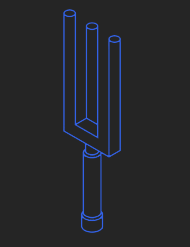
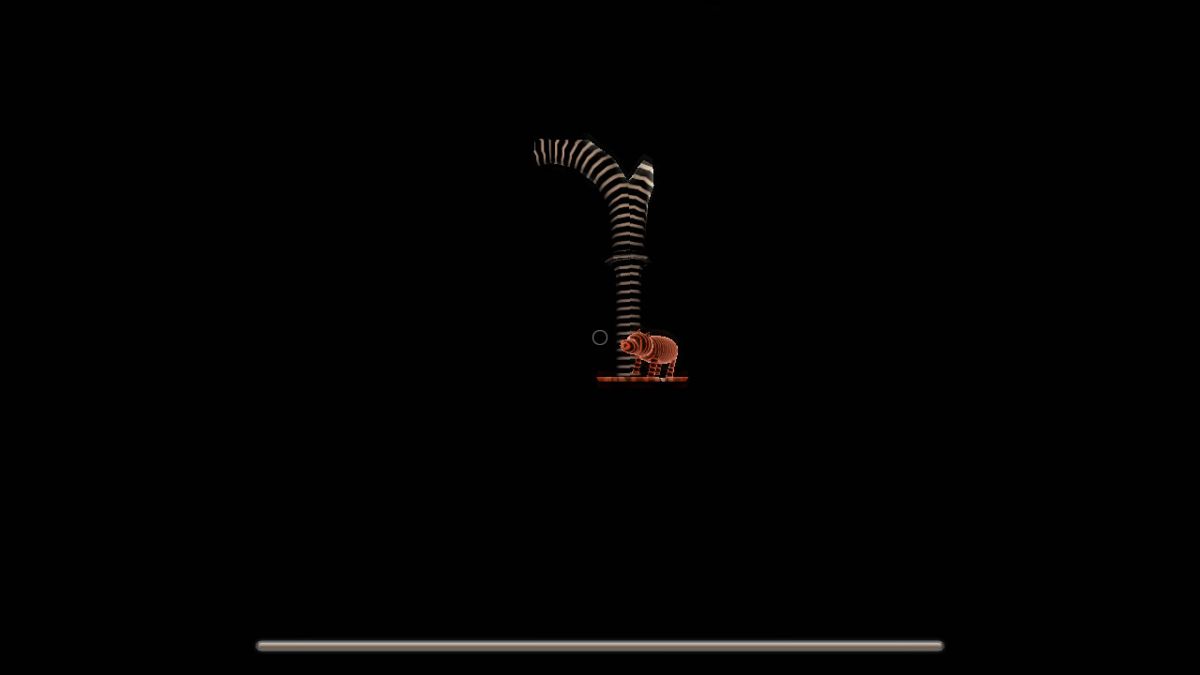

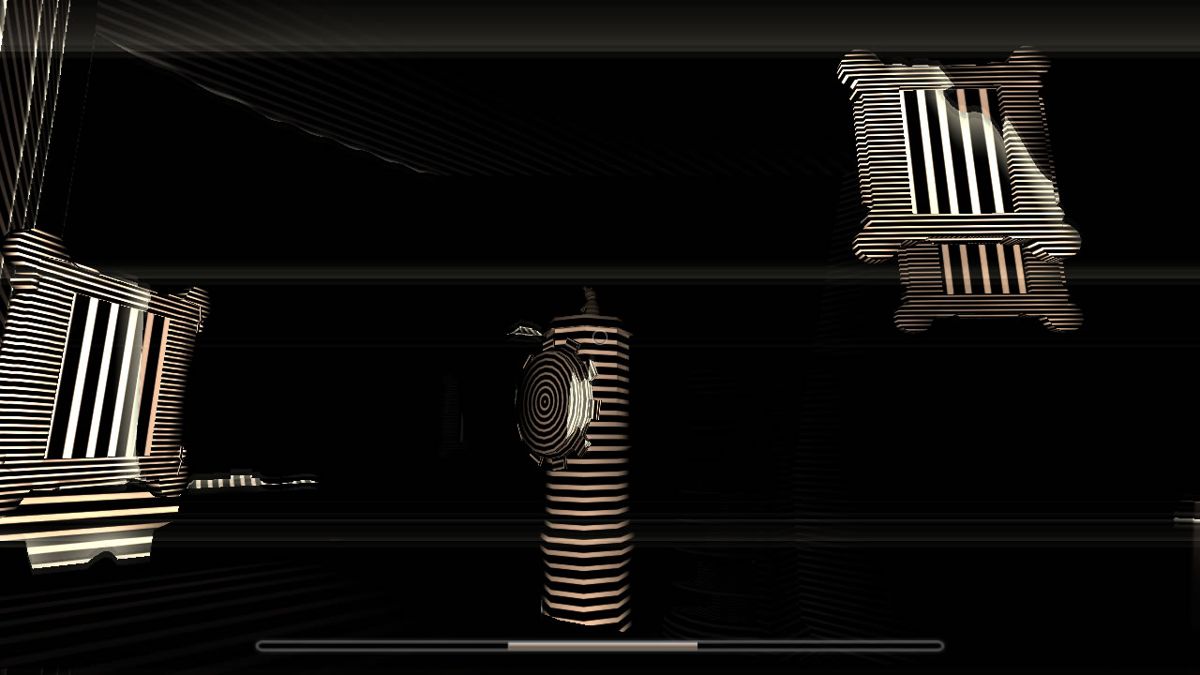
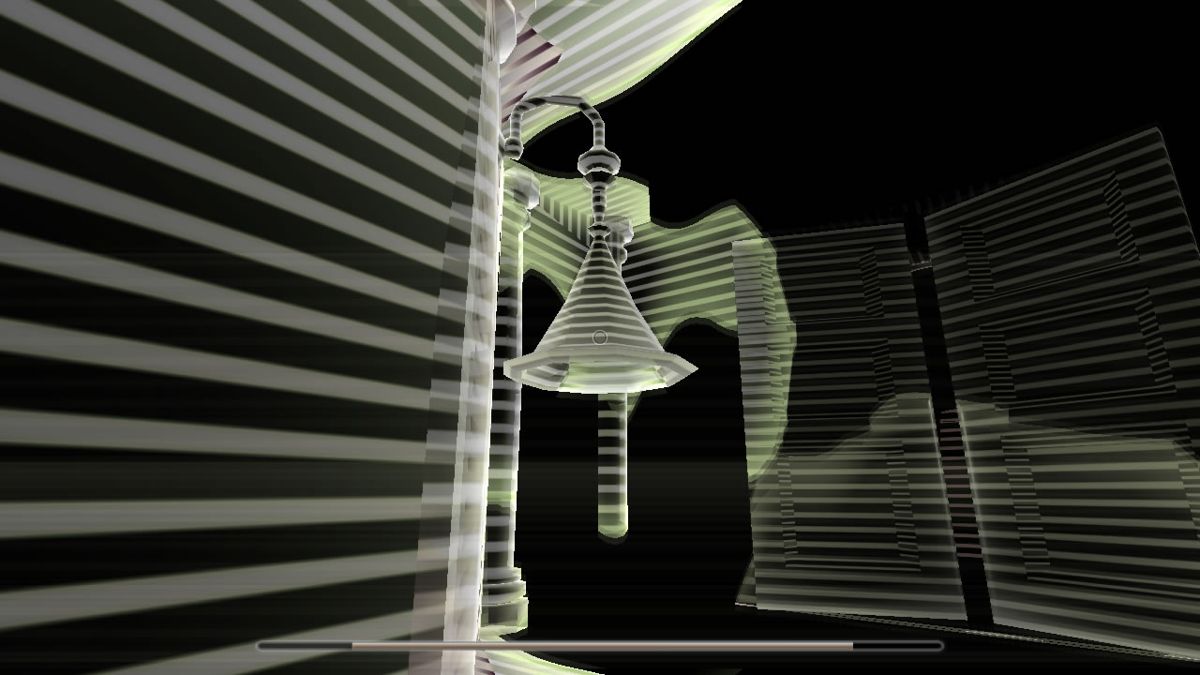
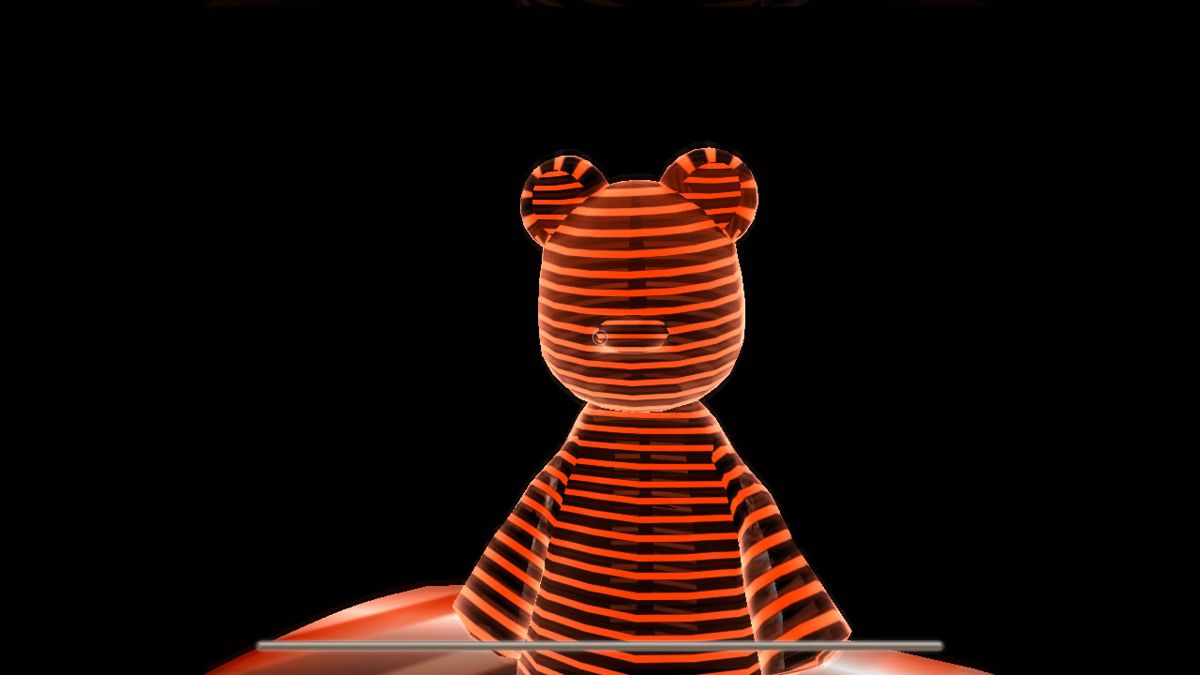



Reviews
There are no reviews yet.